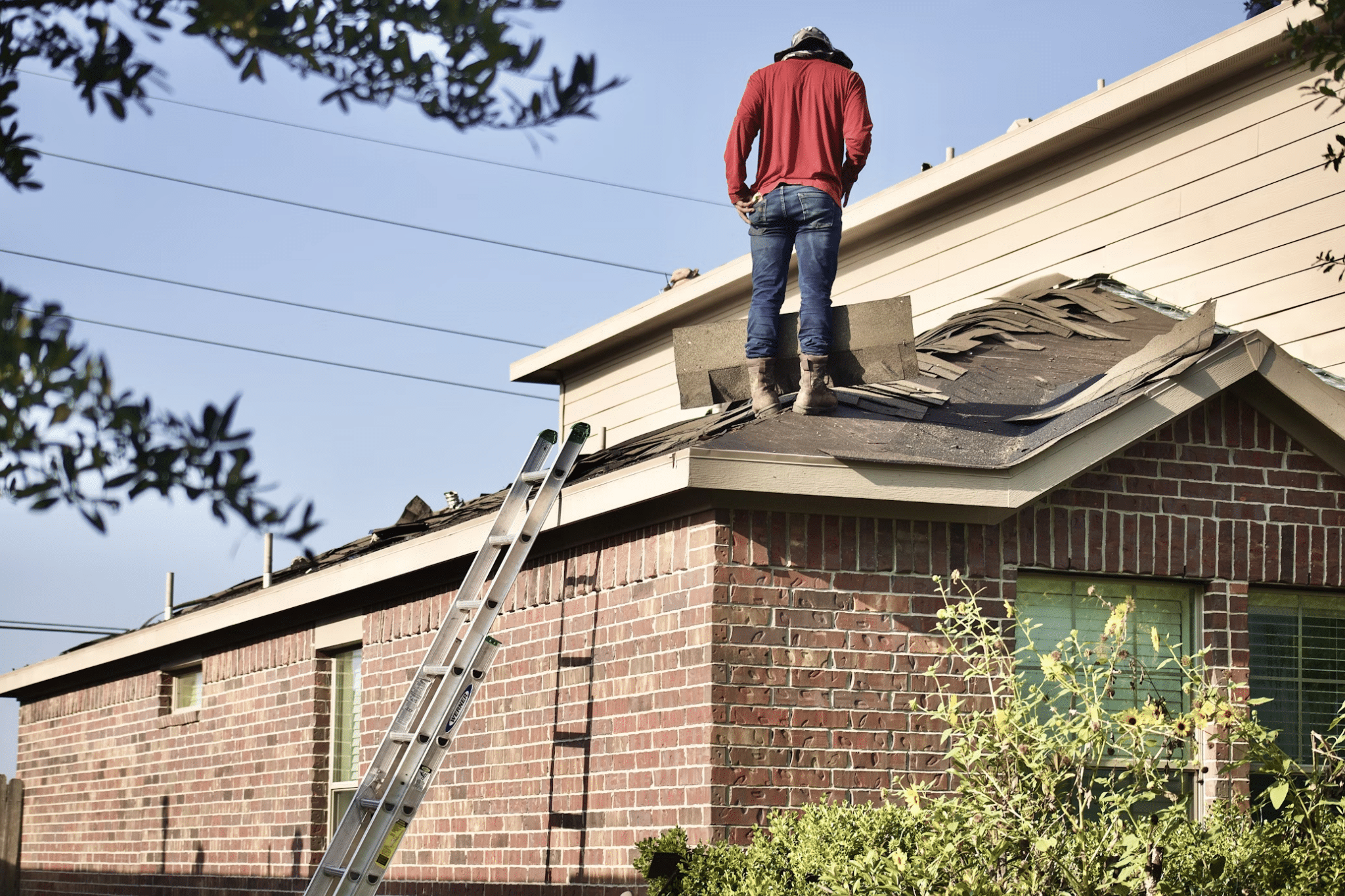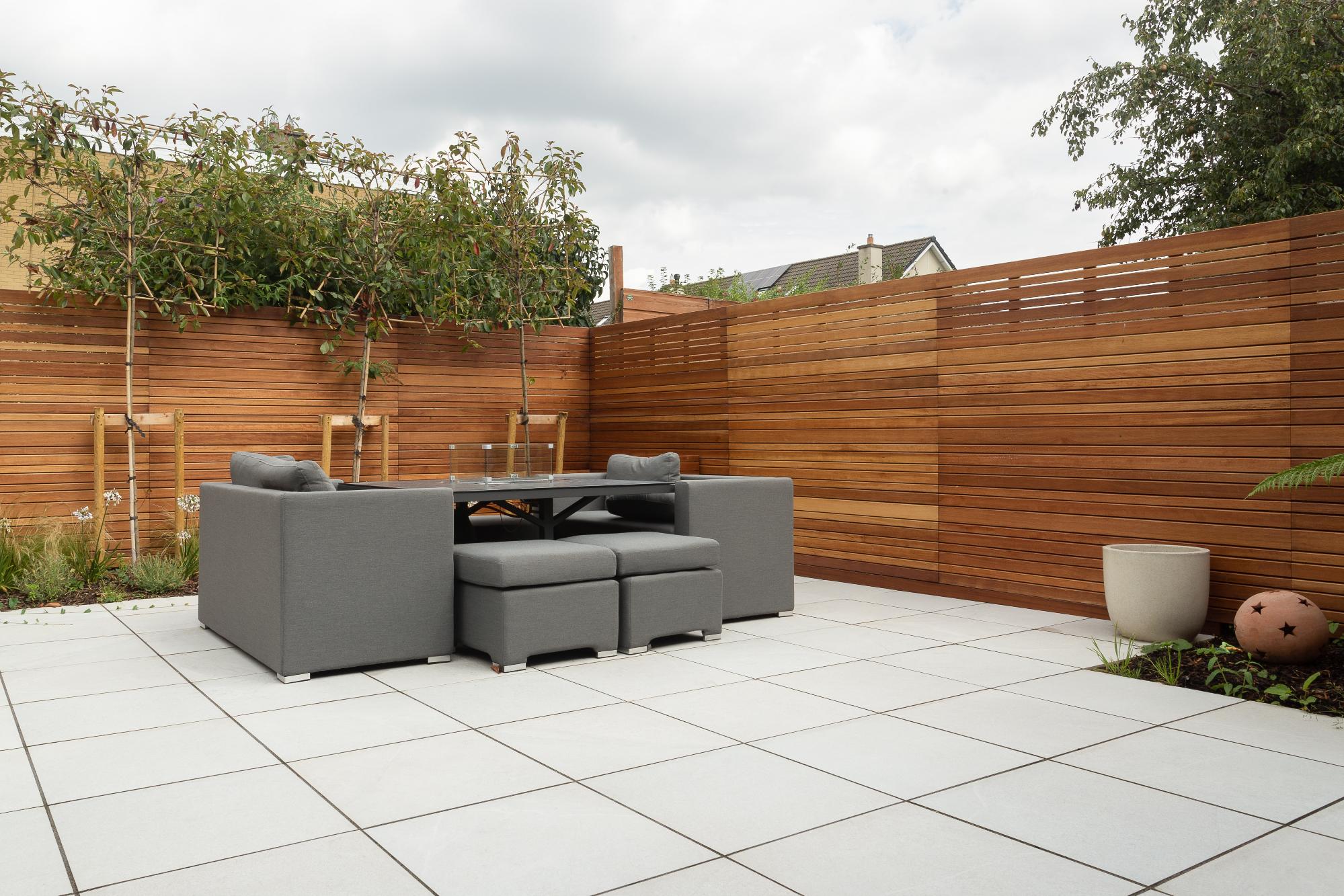Reroofing vs. Roof Replacement: Which Do You Need?
Is your roof looking a little worse for wear? Maybe there are missing shingles, signs of leaks, or the whole thing just looks dated. When it’s time for a roof overhaul, you’ve got two main options: reroofing or a full roof replacement. How do you decide which one is right for your home?
That difficult moment when you realize your roof needs work is never fun. But avoiding the issue will only lead to bigger problems down the road — things like water damage, mold growth, and even structural issues. Taking care of your roof now can prevent costlier repairs and headaches later on.
So let’s dive into the roofing realm and explore the pros and cons of reroofing versus a total roof replacement. By the end, you’ll have a much better idea of which route is the wisest investment for your home’s long-term protection and your wallet. Once you’ve made your decision, companies like FHIA Remodeling can help you bring your idea to life, no matter what type of project you need.
What Is Reroofing?
Reroofing, also called an overlay or recover, involves installing new shingles or other roofing material over your existing roof. Essentially, you get a brand-new surface without removing what’s underneath.
The biggest advantage of reroofing is the cost savings. It’s typically cheaper than a full roof replacement since you don’t have the labor and disposal fees for tearing off the old roof. Reroofing can also be completed faster than a replacement.
However, reroofing only buys you temporary relief. You’re just adding an extra layer on top of potential underlying issues. And most building codes only allow one reroof over the original roofing material. Once you’ve hit that limit, your only option is a full roof replacement going forward.
What Is a Roof Replacement?
A roof replacement is a complete reworking — tearing off everything down to the bare wood sheathing or deck and installing a brand-spankin’ new roof from scratch. It’s a bigger, messier job but provides a permanent solution.
The obvious upside is you’re starting fresh with all new materials and fixing any problems with the roof deck. A new roof replacement also comes with the latest enhanced underlayments, ice and water shields, and ridge venting for maximum protection.
On the downside, a total roof replacement is more expensive due to the additional labor and disposal costs. Different types of roofs range in price such as a flat roof replacement vs a pitched roof replacement. There’s also the hassle factor of having your home under heavy construction for a longer period.

Signs You Need a New Roof
So how can you tell if reroofing is sufficient or if it’s time to bite the bullet on a full replacement? Here are some key factors to consider:
- Age of your existing roof (20+ years for asphalt shingles)
- Number of layers already on the surface (double layer max)
- Condition of the deck/sheathing underneath
- Climate and weather conditions your home endures
- Budget for the roofing project
A full replacement is your best option if you notice the following five signs:
- Curled, cracked, missing, or bald shingles
- Granule loss that makes shingles look “brushed”
- Visible sagging or uneven areas on the roof
- Leaks, moisture, mold, or rot in the attic
- Overall aged, weathered appearance.
If you’re seeing multiple red flags from that list, reroofing is just putting a band-aid on much bigger issues. A total roof replacement, while more costly upfront, is a wise investment to restore the structural integrity and protection of your home for decades.
Other Replacement Reasons
Beyond just age and deterioration, there are other scenarios where a complete replacement makes sense:
- Changing the roof pitch or style (for example, flat to pitched and vice versa)
- Upgrading to more durable, longer-lasting materials
- Adding permanent accessories (skylight, solar)
- Meeting new local building codes and requirements
- Increasing home value before selling.
The Right Roofing Choice for Your Home
At the end of the day, the decision between reroofing or a complete replacement depends on your specific situation — the condition of your current roof, your budget, long-term plans for the home, and so on.
If your existing roofing has one layer, is in generally good shape, and you just need to get through another 10-15 years, reroofing could be a more cost-effective short-term solution. But if you’re experiencing multiple issues or want a permanent fix, a full replacement project provides a clean slate and decades of protection.
Whichever route you go, make sure to hire an experienced, licensed roofing contractor. They can inspect your roof, explain all options, and ensure the job is done right with proper materials and techniques. Don’t risk subpar work when it comes to your home’s main defensive line against the elements.







